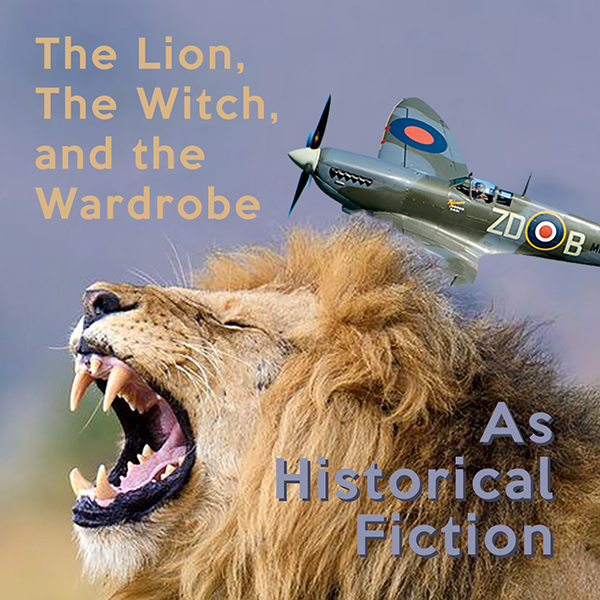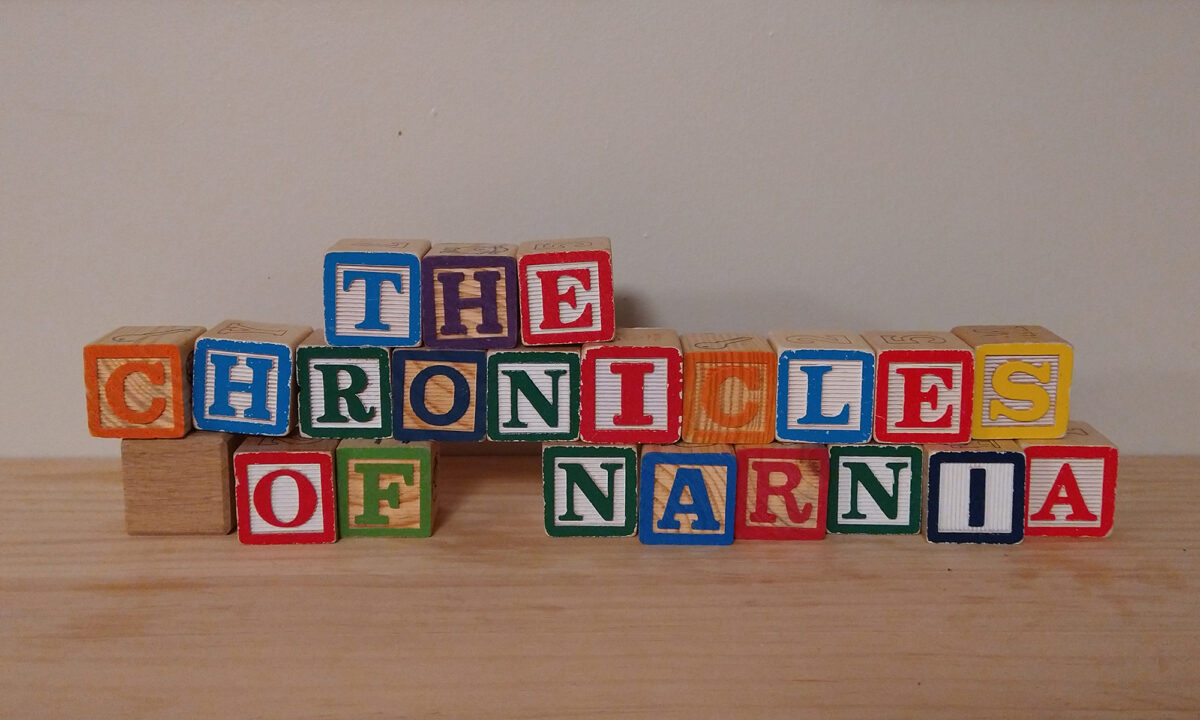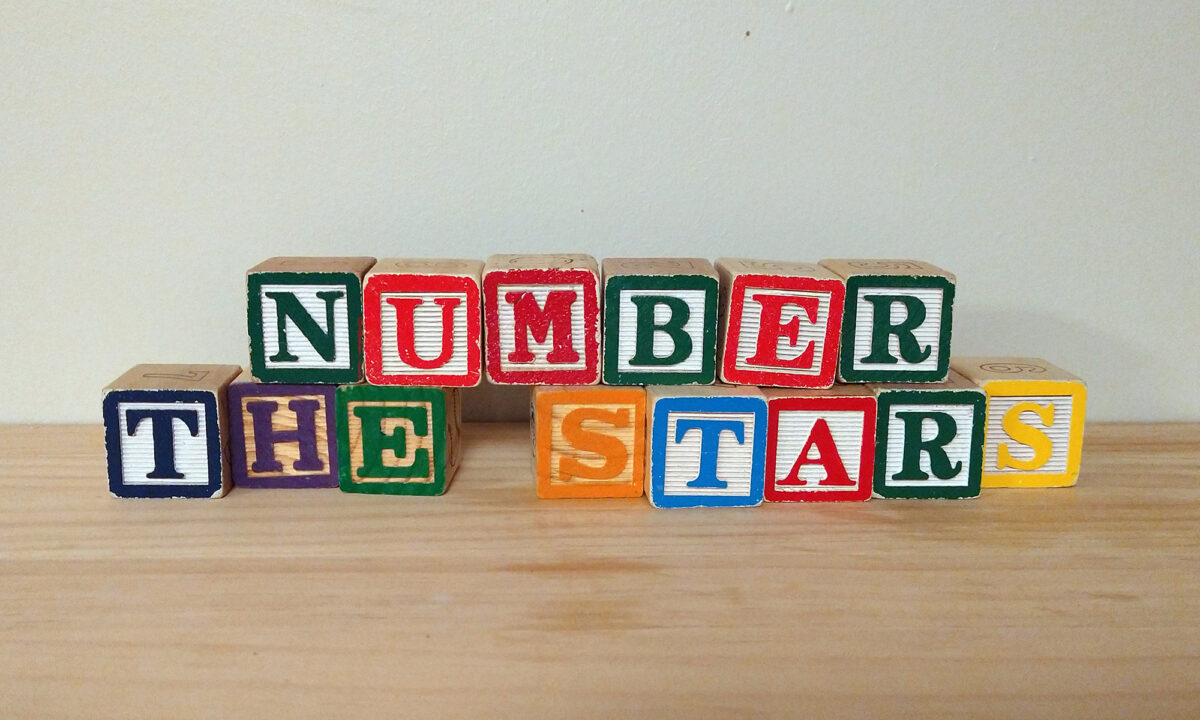Number the Stars by Lois Lowry is a book that often gets pride of place in school libraries. It’s a thrilling adventure tale in its own right, but it also has much to teach children about the preciousness of human lives, and how the most important kind of courage is the quiet, ordinary kind. This novel tells the story of how the people of Denmark worked to save the lives of over 99% of its Jewish population during World War II. By telling the story from the perspective of a young Christian Danish girl, young readers are able to experience the same emotions that she does as she learns about the horrors that her Jewish neighbors must flee from.

Activity: Replacement Goods During World War II
Number the Stars is a very effective work of historical fiction for its accurate depiction of how ordinary life was impacted by shortages of all kinds of goods during World War II. The book describes how items like sugar, cheese, and butter were in short supply, and even describes shoes made of “sea leather.” With real leather unavailable, Scandinavians came up with a way to use fish skins to make shoes.
Have students research what kinds of consumer goods were unavailable, rationed, or only available on the black market during World War II. After compiling a list of common items in short supply, ask students to consider what it would be like to live without these things, and how they might compensate. As a follow-up activity, have students consider the creative ways that people learned to be more economical and less wasteful during World War II, and encourage them to think of how some of these techniques could help reduce waste, pollution, and excessive spending even in times of peace and prosperity.
Activity: Analyzing the Text of Psalm 147
The title of Number the Stars is a reference to Psalm 147, in which people are compared to the stars, each one precious and known and with its own name. This is not a casual reference; in the story, the Psalm is read out by a Danish resistance fighter who is not Jewish, and it is heard by both Jews and Christians who are together under one roof as they wait for the right time to sneak to the boats that will carry the Jews to safety in Sweden.
Have your students read the text of Psalm 147 before reading Number the Stars. Ask them to identify the basic meaning of the Psalm and note any interesting bits of symbolism. Revisit the same text after reading Number the Stars, looking for any textual or thematic parts that are referenced by Lois Lowry in her novel. Have the children explain how this Psalm is particularly fitting to reference in a story about Jews and Christians working together to protect human lives from destruction.




